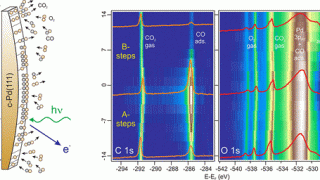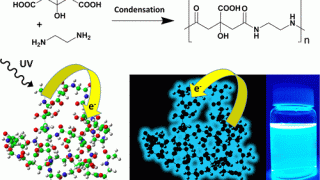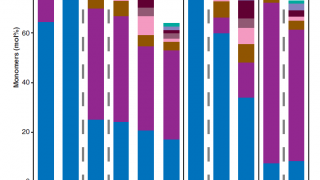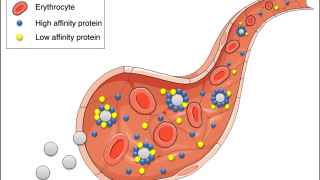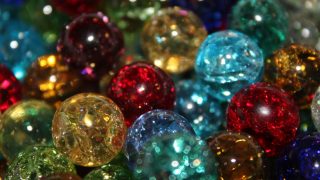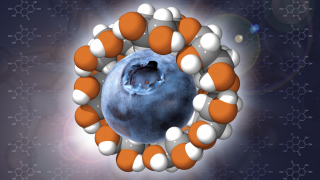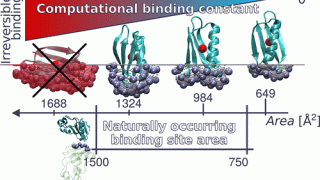
Design of protein-protein binding sites suggests a rationale for naturally occurring contact areas
Molecular recognition is a critical process for many biological functions and consists in non-covalent binding of different molecules, such as protein-protein, antigen-antibody and many others. The host-guest molecules involved often show a shape complementarity, and one of the leading specification for molecular recognition is that the interaction must be selective, i.e. the host should strongly […]
